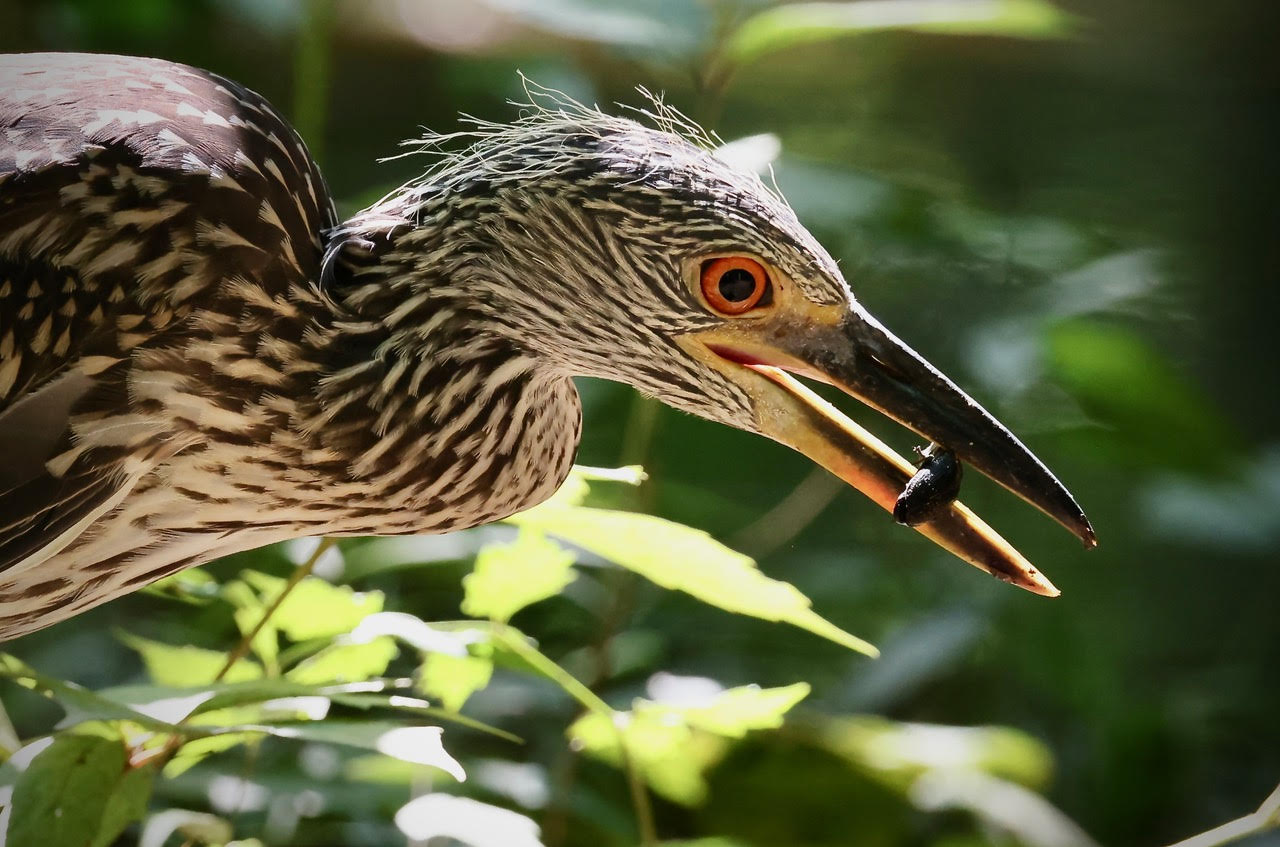Has anyone else noticed it’s a little hot out there?
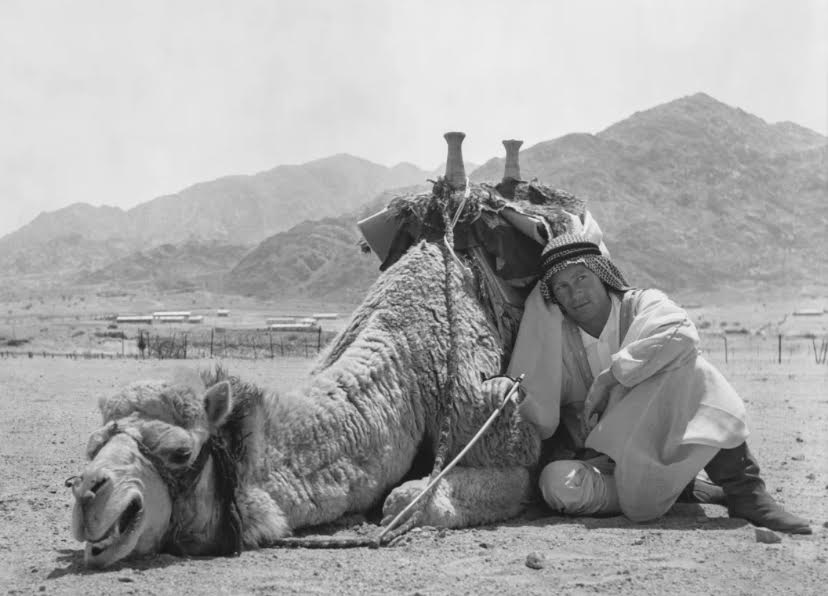
Short walks are dominating the scene this month as my camel has been reluctant to venture far afield. Many trails are still closed due to flooding, so I’ve been sticking close to home and visits with the most local locals, including the reliable Hood Warbler.
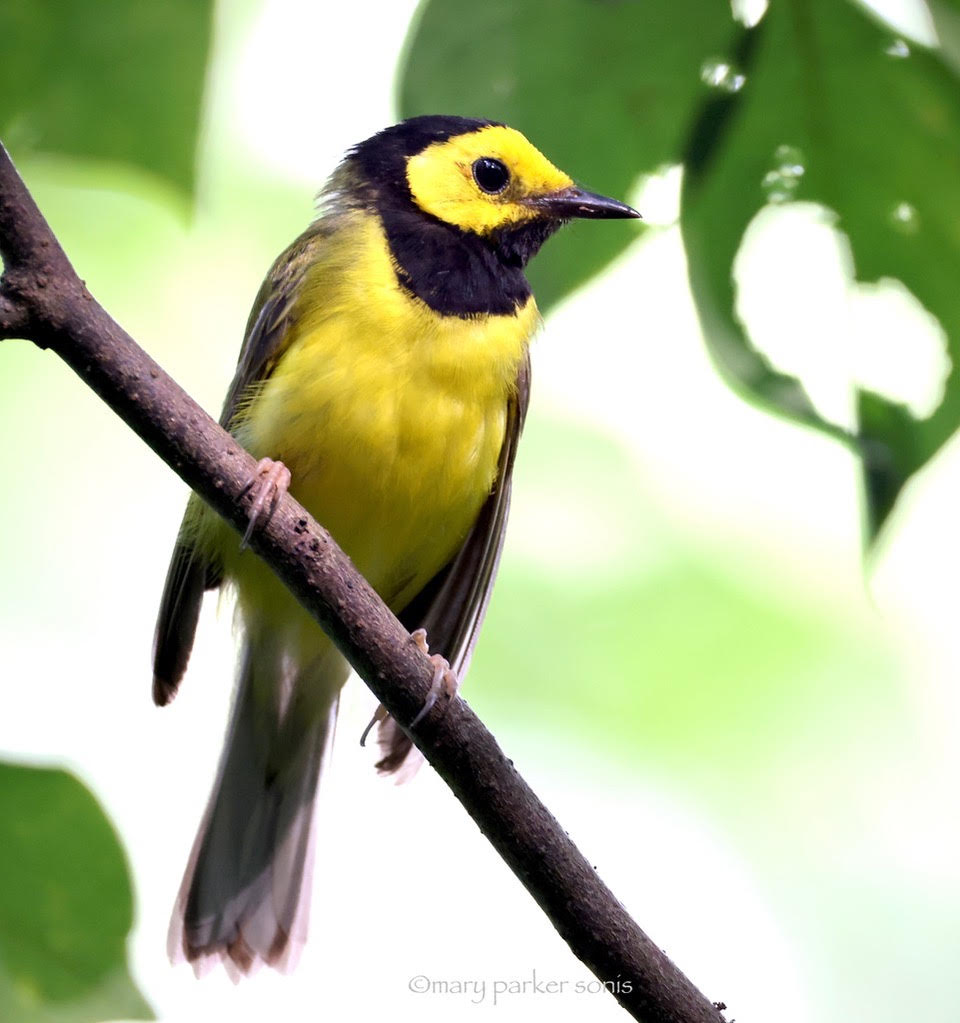
Ruby-throated Hummingbirds are regulars at the NCBG.
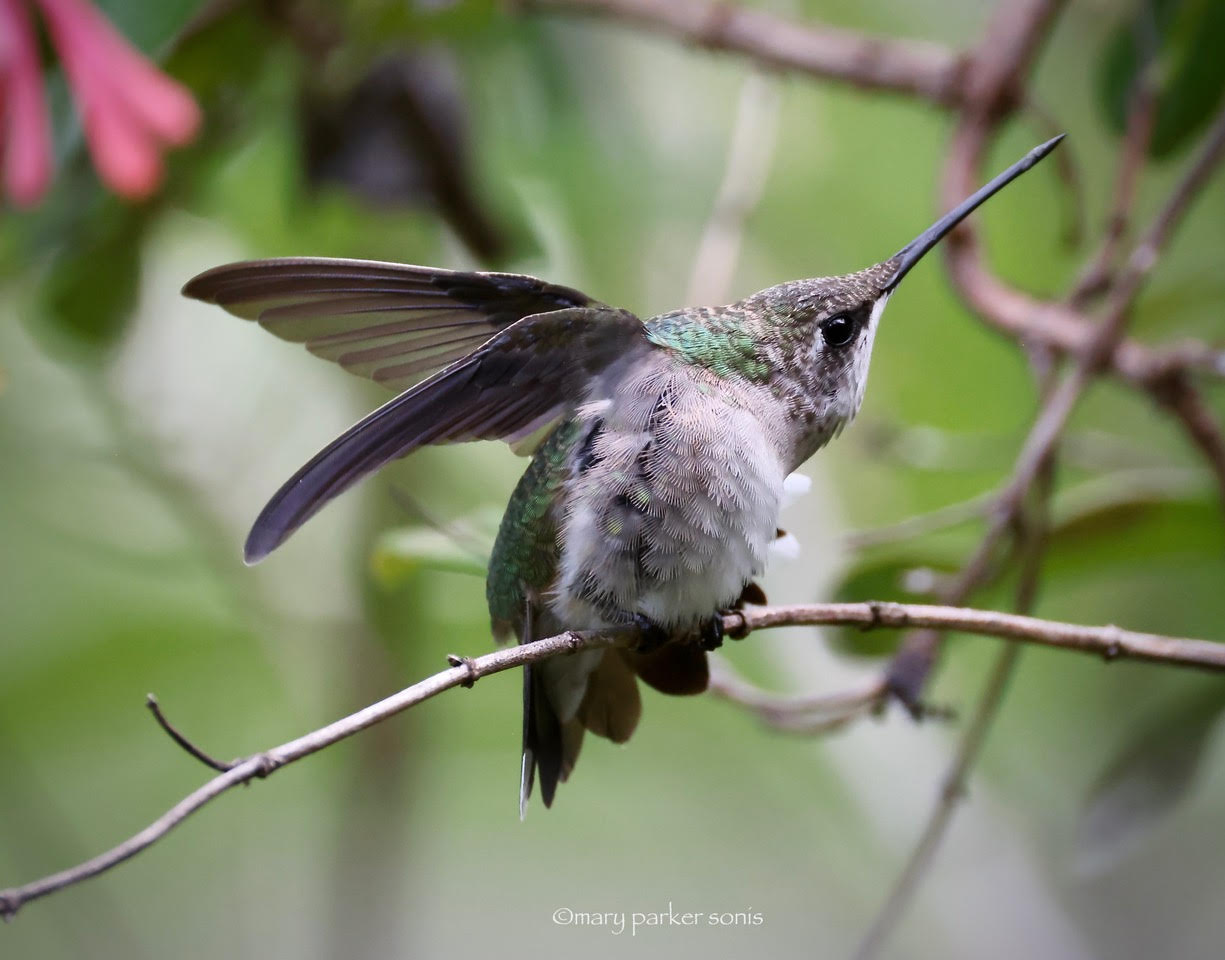
When in doubt, one can always hit Sandy Creek, and see endless Yellow-crowned Night Herons. They have become absurdly tolerant of onlookers, and go about their crayfish hunting at all hours.
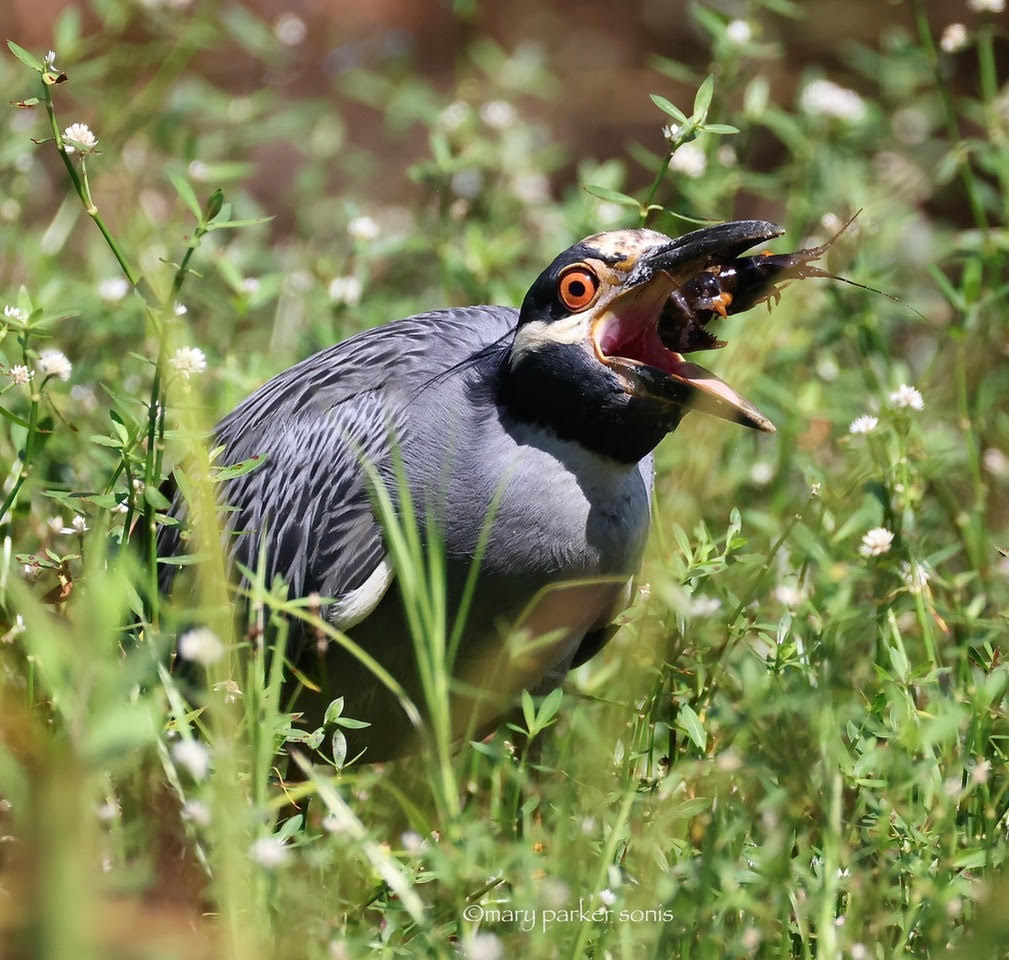
This juvenile Night Heron was practicing its beak flip skills with an Eyed Click Beetle. Mind you, the young one never ate the beetle, but made many tosses and flips, honing its skills.
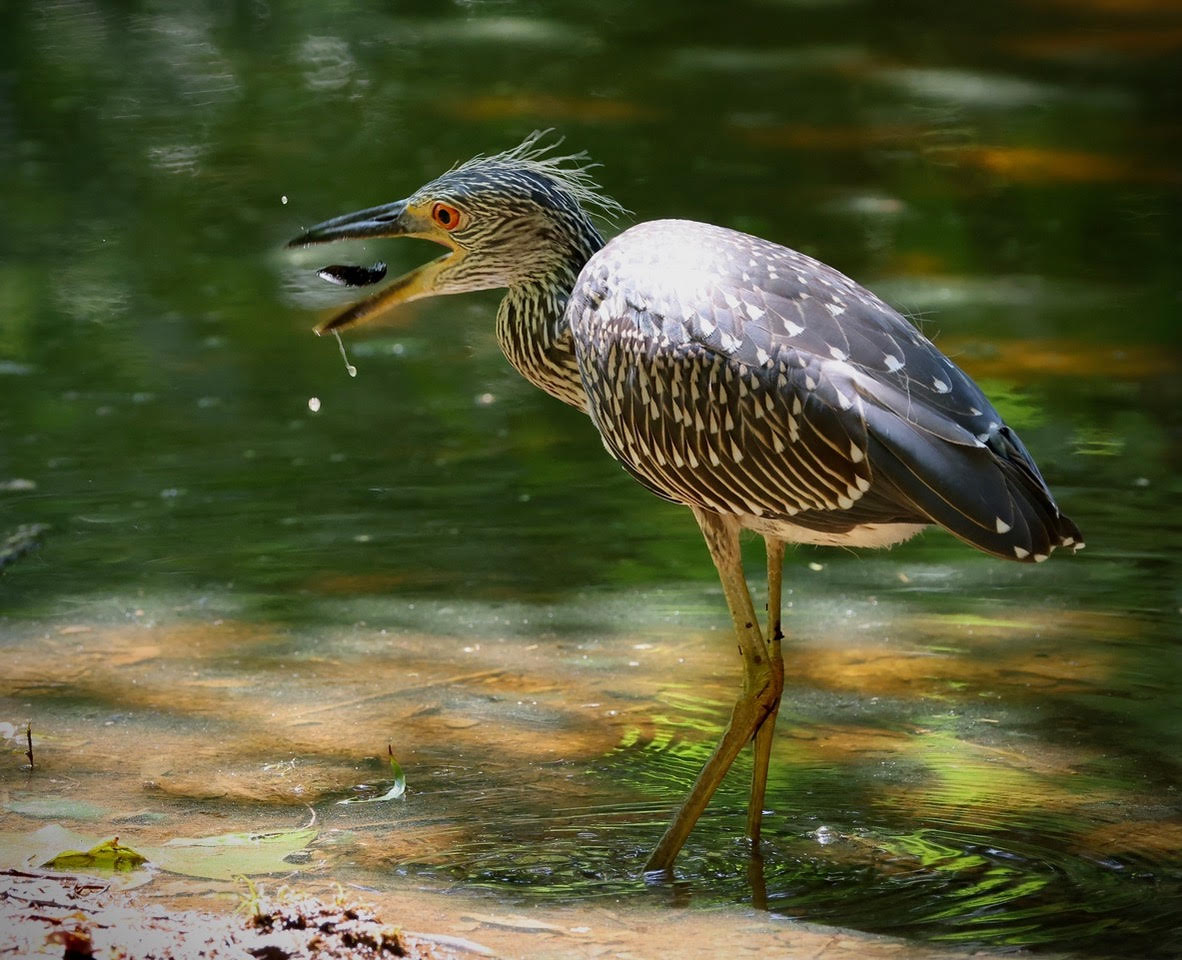
and then the youngster went on to flip other objects, small twigs, and even rocks, as demonstrated below.
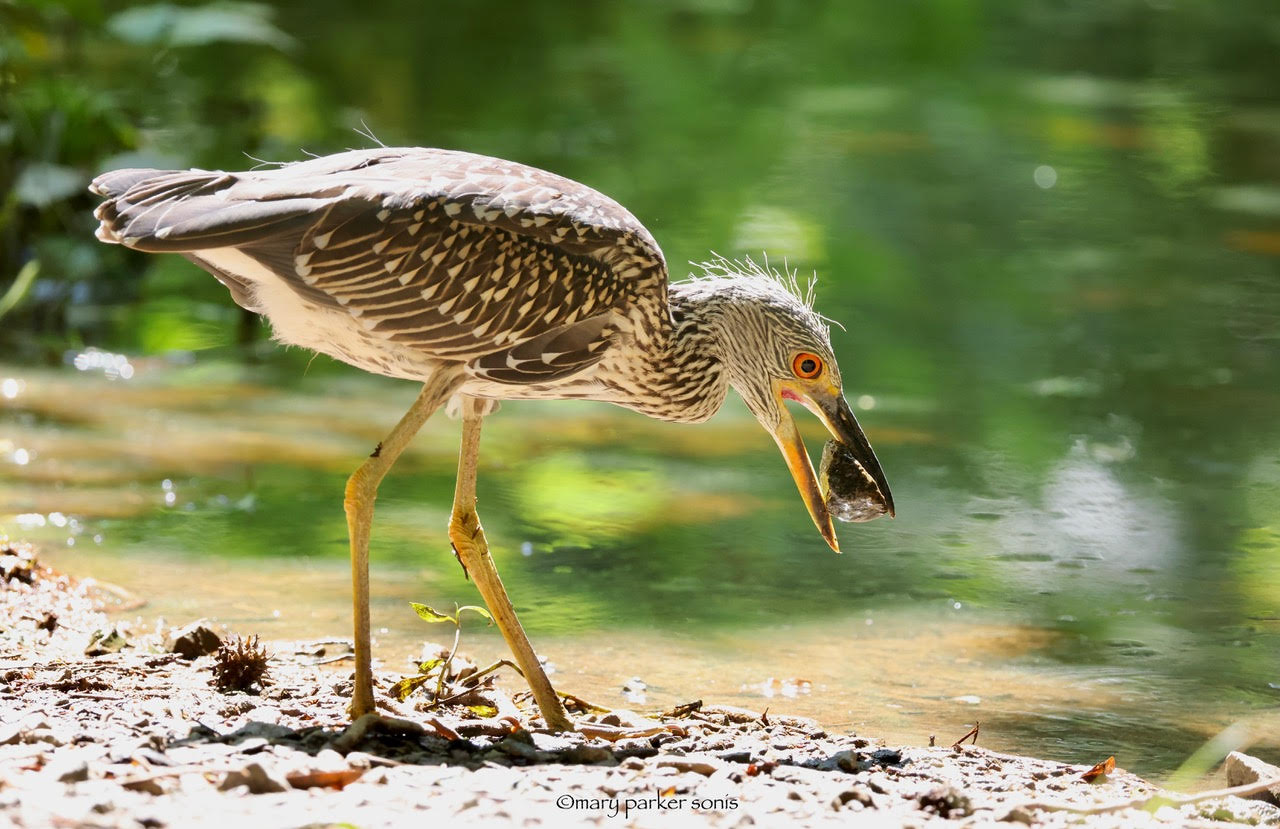
Carolina Anoles tolerate heat well, as this male contemplates his lunch choice. The temperature was 98 degrees.
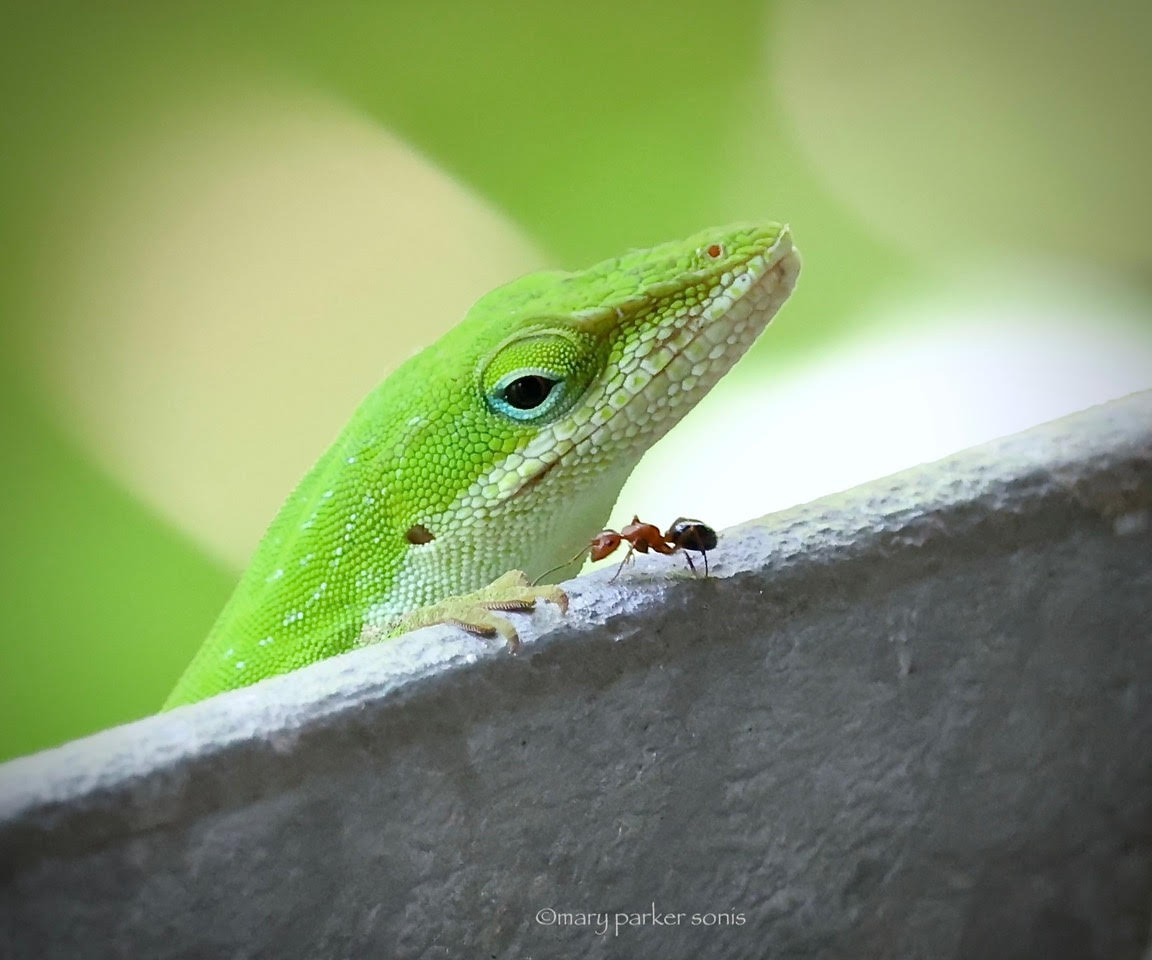
Eastern Tiger Swallowtail nectaring
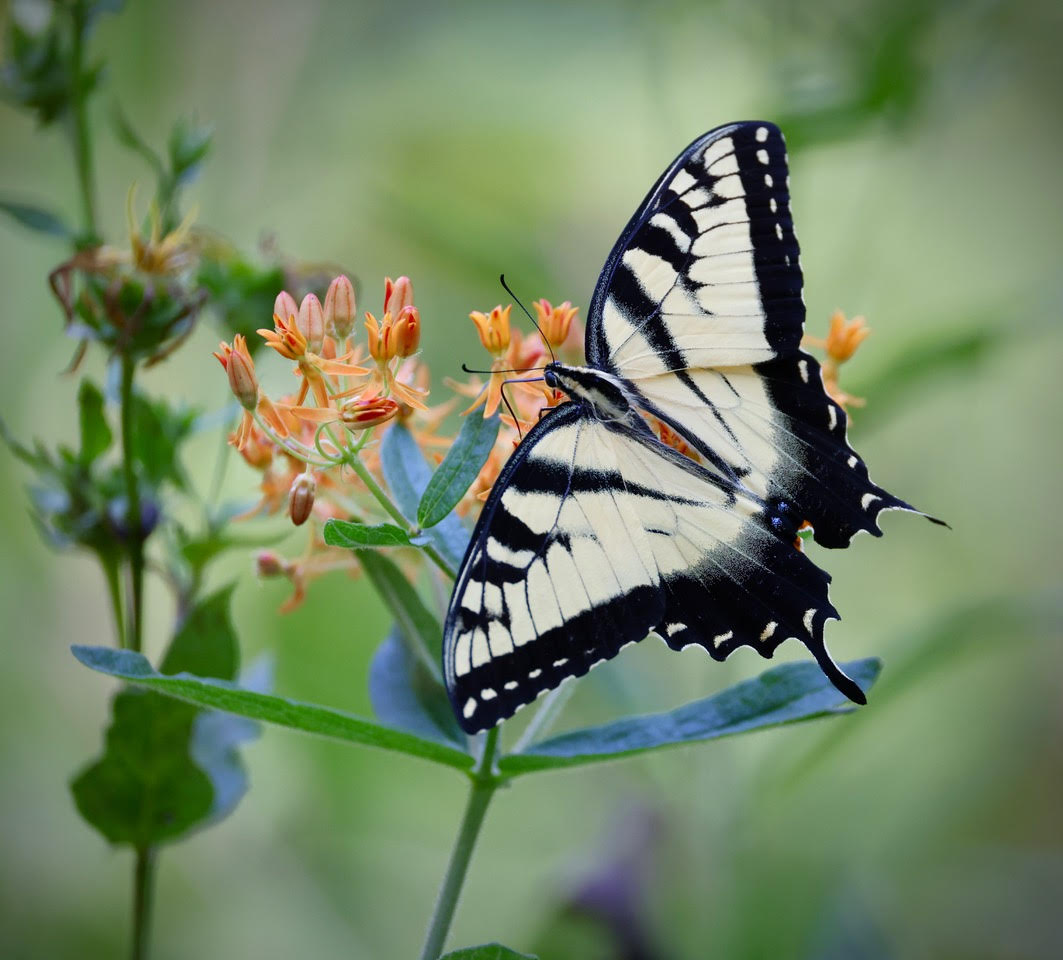
A Cottontail was eating grass, but showed no interest in avoiding me, just too hot to run off and hide.
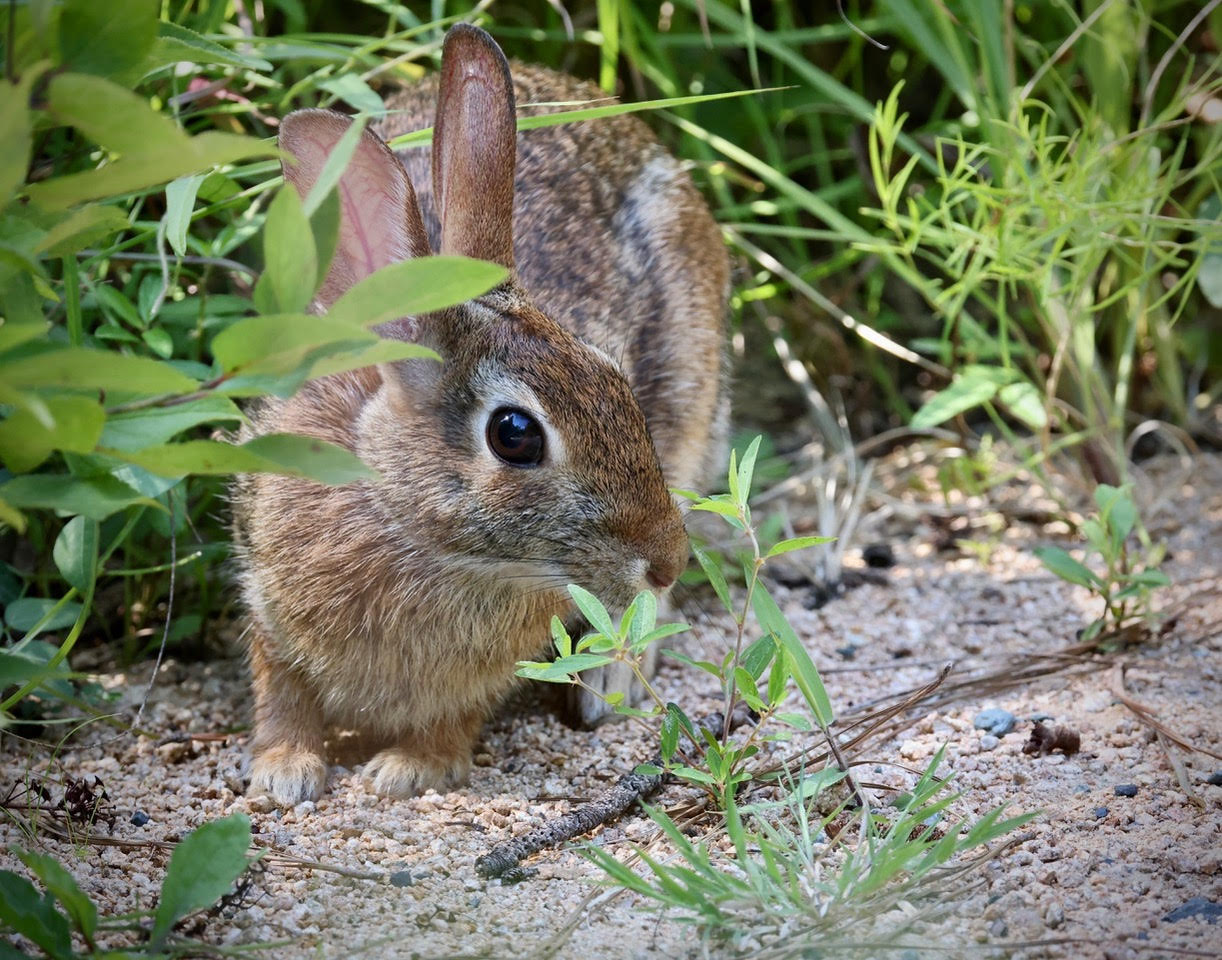
Rhinoceros Beetle. Harmless and quite large. These beetles are entirely herbivorous with adults consuming fruit and nectar, and larvae primarily consuming decaying plant matter. They are quite strong beetles, capable of lifting 850 times their body weight.
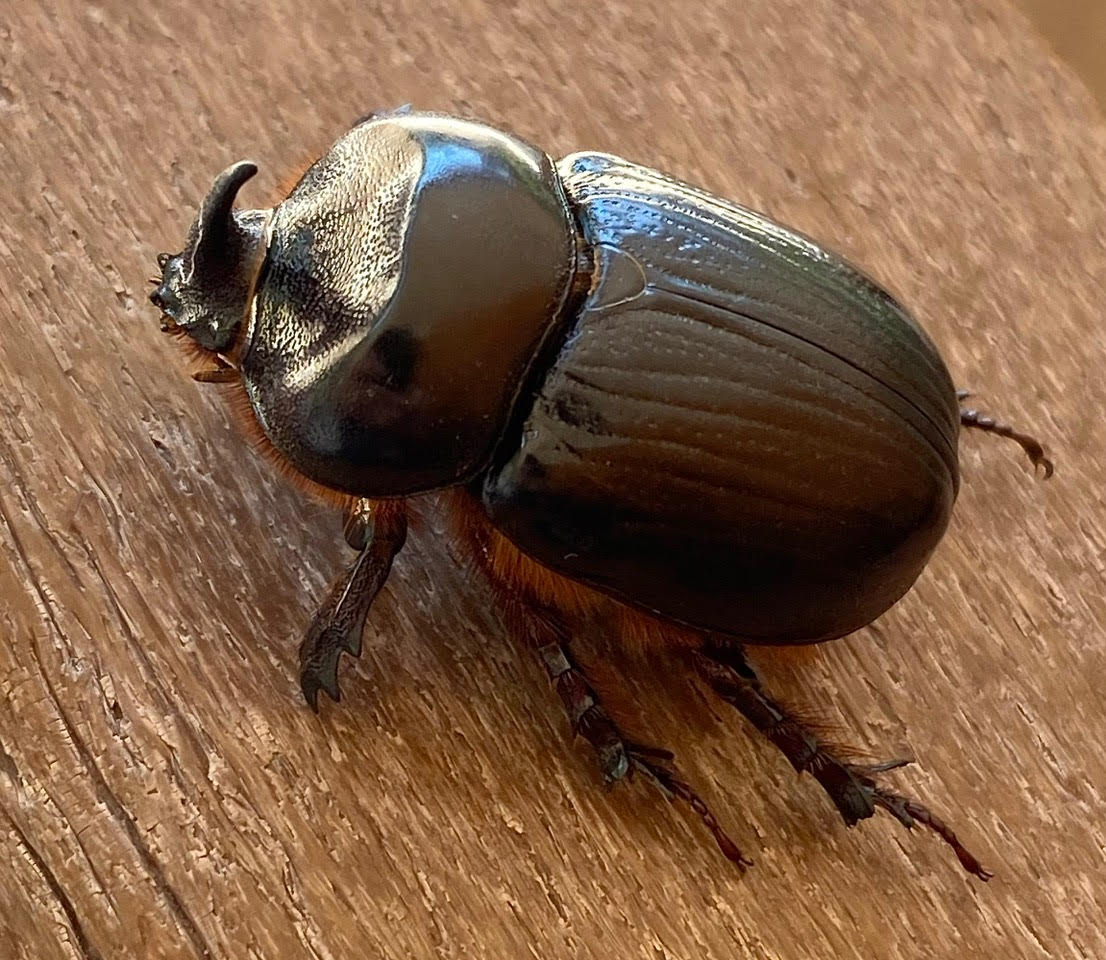
Look who’s back. The famous Painted Bunting of Dix park has once again returned to his usual haunt. The brush pile is the target place to see this handsome guy, but I’m declaring that brush pile as the hottest place on Earth. I took this photo back in 2022 when the Painted first made an appearance at the park. He’s fluffed up in the photo because he chose to take a dust bath on the day that I visited.
I couldn’t face the heat of the brush pile this July, so I went searching in the archives for this old image, presumably the same bird as the location hasn’t changed.
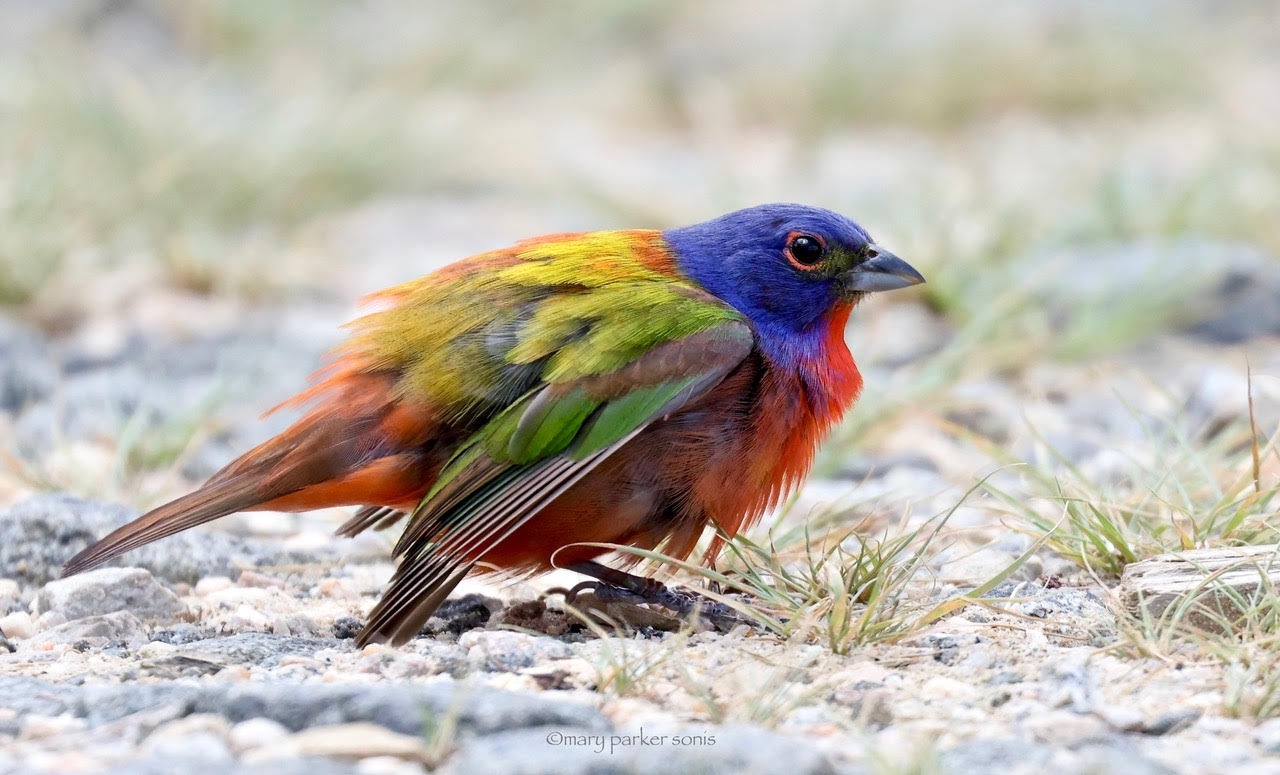
So long from Durham, Carrboro, and Chapel Hill.
Love,
Mary K
